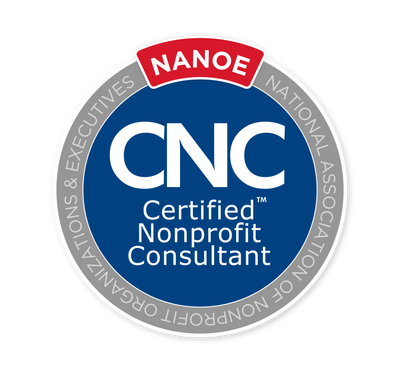WHY SHOULD NONPROFITS SET GOALS
Introduction:
Nonprofit organizations play a critical role in addressing social and community challenges. To maximize their impact, nonprofits must engage in thoughtful planning and goal-setting. While short-term goals are important, it is equally essential to establish long-term goals, such as those for one, two, or three years and beyond. This document outlines the reasons why nonprofits should set goals for multiple years and how this practice benefits the organization, its stakeholders, and the communities it serves.
1. Visionary Guidance:
Setting long-term goals provides a visionary guidance system for the organization. These goals help nonprofit leaders and stakeholders to clearly articulate what they aim to achieve over a more extended period. This clarity of purpose informs decision-making, resource allocation, and strategic planning
2. Strategic Planning:
Long-term goals are integral to strategic planning. They enable nonprofits to chart a course for the future, identifying priorities and the steps needed to reach them. This strategic approach fosters efficiency and ensures that all efforts are aligned with the organization's mission.
3. Enhanced Accountability:
Long-term goals hold the organization accountable for its commitments. When nonprofits set goals for one, two, or three years, they are more likely to track and report on their progress, thereby enhancing transparency and trust with stakeholders, including donors and beneficiaries.
4. Improved Resource Allocation:
By setting multi-year goals, nonprofits can make informed decisions regarding resource allocation. They can plan for funding, staffing, and infrastructure needs, ensuring they have the necessary resources to fulfill their mission over time.
5. Greater Resilience:
Nonprofits face a rapidly changing environment, including shifts in funding, regulations, and community needs. Long-term goals allow organizations to adapt to these changes while remaining focused on their ultimate objectives. This resilience is essential for sustainability.
6. Attracting and Retaining Talent:
Talented staff and volunteers are more likely to commit to an organization with a clear long-term vision. Setting multi-year goals makes the nonprofit an attractive place for individuals who seek a lasting impact.
7. Engaging Stakeholders:
Long-term goals facilitate stakeholder engagement. They allow for meaningful conversations with donors, partners, and beneficiaries about the nonprofit's vision and plans. This engagement can lead to greater support and collaboration
.8. Measuring Impact:
Multi-year goals provide a framework for measuring impact over time. Nonprofits can assess whether their efforts are making a meaningful difference and adjust their strategies accordingly.
9. Encouraging Innovation:
With long-term goals, nonprofits can foster a culture of innovation. These goals provide a foundation upon which creative solutions and strategies can be developed to address complex, persistent issues.
10. Building Legacy:
Long-term goals help nonprofits to build a legacy of meaningful change. They enable organizations to leave a lasting impact on the communities and causes they serve, contributing to the betterment of society.
Conclusion:
Nonprofit organizations that set goals for one, two, three years, and beyond are better positioned to fulfill their missions and make a substantial difference in the world. These goals serve as a roadmap, fostering strategic planning, accountability, and resilience. By setting long-term goals, nonprofits can maximize their potential, engage stakeholders, and create lasting legacies of positive change. It is a practice that underscores the organization's commitment to creating a better future.
By: Eduardo Lebron MM, CNC, CHP,PMQE, NP 10/23/2023



